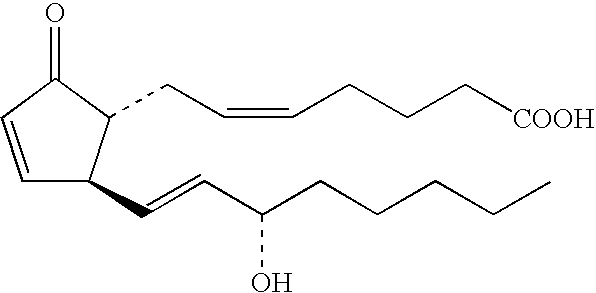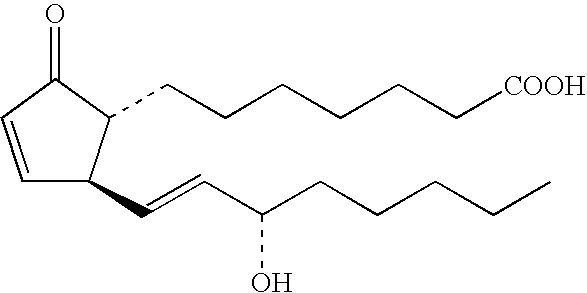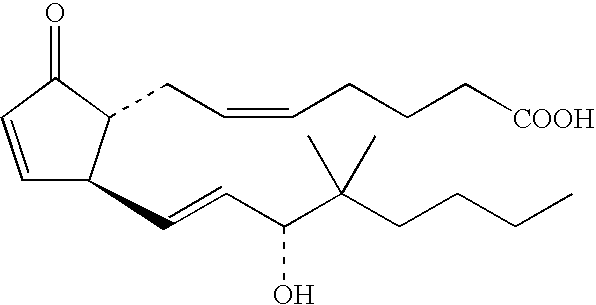Method of testing for atopic dermatitis by measuring expression of the NOR-1 gene
- Summary
- Abstract
- Description
- Claims
- Application Information
AI Technical Summary
Benefits of technology
Problems solved by technology
Method used
Image
Examples
example 1
Differential Display Analysis
[0181]Screening was performed in order to find novel therapy related genes or genes useful for diagnosis, whose expression in hemocytes isolated from the peripheral blood of an atopic dermatitis patient in the exacerbation stage differs from that of remission due to drug therapy, etc.
(1) Test Subject
[0182]Table 1 shows the profiles of seven atopic dermatitis patients whose blood samples were drawn. Allergen non-specific (Total IgE), mite-specific and cedar-specific IgEs were measured by the EIA method. More specifically, the test sera were allowed to react to anti-human IgE antibody-bound cap to bind thereto allergen non-specific IgE antibody or mite- or cedar-specific IgE antibodies in the sera. Next, β-D-galactosidase-labeled anti-human IgE antibody and a substrate solution (4-methylumbelliferyl-β-D-galactopyranoside) were added and allowed to react to produce a fluorescent substance. The reaction was quenched by adding a quenching solution, and the an...
example 2
Expression of 2250-01 in Various Blood Cells
[0211]The expression of 2250-01 was examined in cells separated from peripheral blood collected from five normal healthy subjects. Separation of eosinophils (E) was carried out as described above. After the elution of eosinophils, neutrophils (N) were prepared by releasing the cells, which were trapped with CD16 antibody magnetic beads, from the magnetic field, eluting, and recovering. On the other hand, the monocyte fraction recovered in the middle layer by the Ficoll-centrifugation was separated into the fraction eluted from MACS CD3 antibody magnetic beads (mixture of M (monocyte) and B cell) and fraction trapped therein (T-cell fraction). Then, using MACS CD14 antibody magnetic beads, the eluted fraction was separated into the eluted fraction (B cell fraction) and trapped fraction (monocyte fraction), and these three fractions were referred to as purified T cells, B cells and monocytes.
[0212]Eosinophils were solubilized using Isogen, w...
example 3
Extension of Nucleotide Sequence
[0219]Nucleotide sequence analysis was performed on 2250-01 by the 5′ Rapid Amplification of cDNA Ends (5′RACE) method based on the nucleotide sequence determined in Example 1. Furthermore, cloning was performed by plaque hybridization using phage cDNA library prepared from peripheral blood eosinophil RNAs by SMART cDNA Library Construction kit (CLONTECH). Amplification was performed using primers 2250-01F and 2250-01R, which were designed within the sequence of 2250-01, and a plasmid including the sequence of 2250-01 as a template. The resulting 259-bp PCR product was purified and then used as a probe. As a result, a clone carrying an approximately 2-kb insert including the sequence of 2250-01 was obtained. The determined 2087-bp nucleotide sequence is shown in SEQ ID NO: 15. According to a genome database analysis, this sequence was found to correspond to the intronic region of a nuclear orphan receptor called NOR-1(MINOR).[0220]Primer sequences:
[02...
PUM
| Property | Measurement | Unit |
|---|---|---|
| Power | aaaaa | aaaaa |
| Power | aaaaa | aaaaa |
| Power | aaaaa | aaaaa |
Abstract
Description
Claims
Application Information
 Login to View More
Login to View More - R&D
- Intellectual Property
- Life Sciences
- Materials
- Tech Scout
- Unparalleled Data Quality
- Higher Quality Content
- 60% Fewer Hallucinations
Browse by: Latest US Patents, China's latest patents, Technical Efficacy Thesaurus, Application Domain, Technology Topic, Popular Technical Reports.
© 2025 PatSnap. All rights reserved.Legal|Privacy policy|Modern Slavery Act Transparency Statement|Sitemap|About US| Contact US: help@patsnap.com



